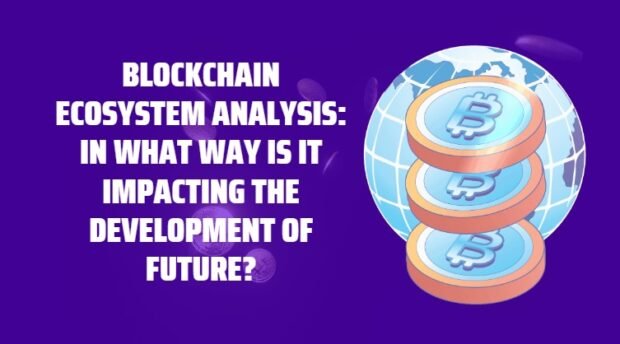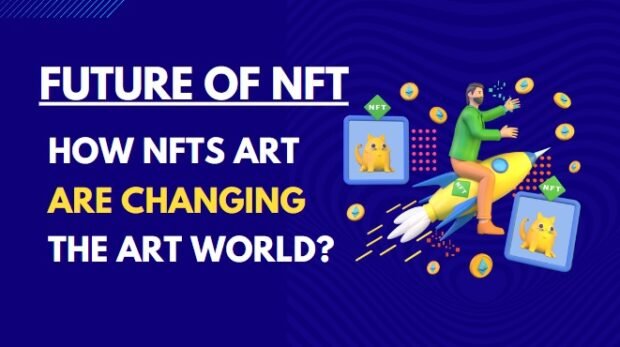
Please enter and activate your license key for Coins MarketCap plugin for unrestricted and full access of all premium features.
Crypto News
Forex Market
Stock Market
TOP 10 GAINERS
Please enter CoinMarketcap Api Key to get this plugin works
TOP 10 LOSERS
Please enter CoinMarketcap Api Key to get this plugin works
TOP 15 COINS
| Name | Price |
|---|---|
Bitcoin(BTC) | $88,921.44 |
Ethereum(ETH) | $2,883.70 |
Tether USDt(USDT) | $1.00 |
XRP(XRP) | $2.04 |
BNB(BNB) | $874.74 |
Solana(SOL) | $131.01 |
TRON(TRX) | $0.283655 |
Dogecoin(DOGE) | $0.147834 |
Cardano(ADA) | $0.441026 |
Chainlink(LINK) | $12.89 |
Avalanche(AVAX) | $13.81 |
Shiba Inu(SHIB) | $0.000008 |
Toncoin(TON) | $1.70 |
Polkadot(DOT) | $2.58 |
Polygon (prev. MATIC)(POL) | $0.139516 |
All Topics
CMC
- Did You Miss Early Floki Profits? MoonBull Could Be the Next 1000x Meme Coin to Buy with 7,244% ROI
- Dogecoin Price Prediction: DOGE Hype Fades, $NNZ Coin Is the New King of Meme Presales
- SHIB Slips 9%, FLOKI Slumps, MOBU Soars as Top Meme Coin to Buy this Month – Who’s Bold Enough to Seize the Bull by the Horns?
Sponsored Articles
- Dogwifhat and Dogecoin Lead 2025 Meme Markets as BullZilla Turns Presale Into a Case Study for Top Meme Coins to Buy and Hold
- Ripple and SUI Show Strong Momentum While BullZilla Positions Itself at the Top of New Cryptos to Buy
- Uniswap & Toncoin Dip, Unstaked Hits $6.8M Presale
Newsletter
Stay Up To Date, It's Free!
About Coinlineup
CoinLineup is a specialized platform dedicated to empowering investors with the knowledge and tools needed to succeed in both the financial stock market and the crypto market. Our primary focus is to provide comprehensive market insights by delivering real-time and historical data, solid investment strategies, and trading tips. We aim to equip investors with accurate information, allowing them to make well-informed decisions in their financial endeavors.
Site Links
Sources Links
Copyright 2024 coinlineup.com. Crypto, Stocks, and Forex – All in One Place.











